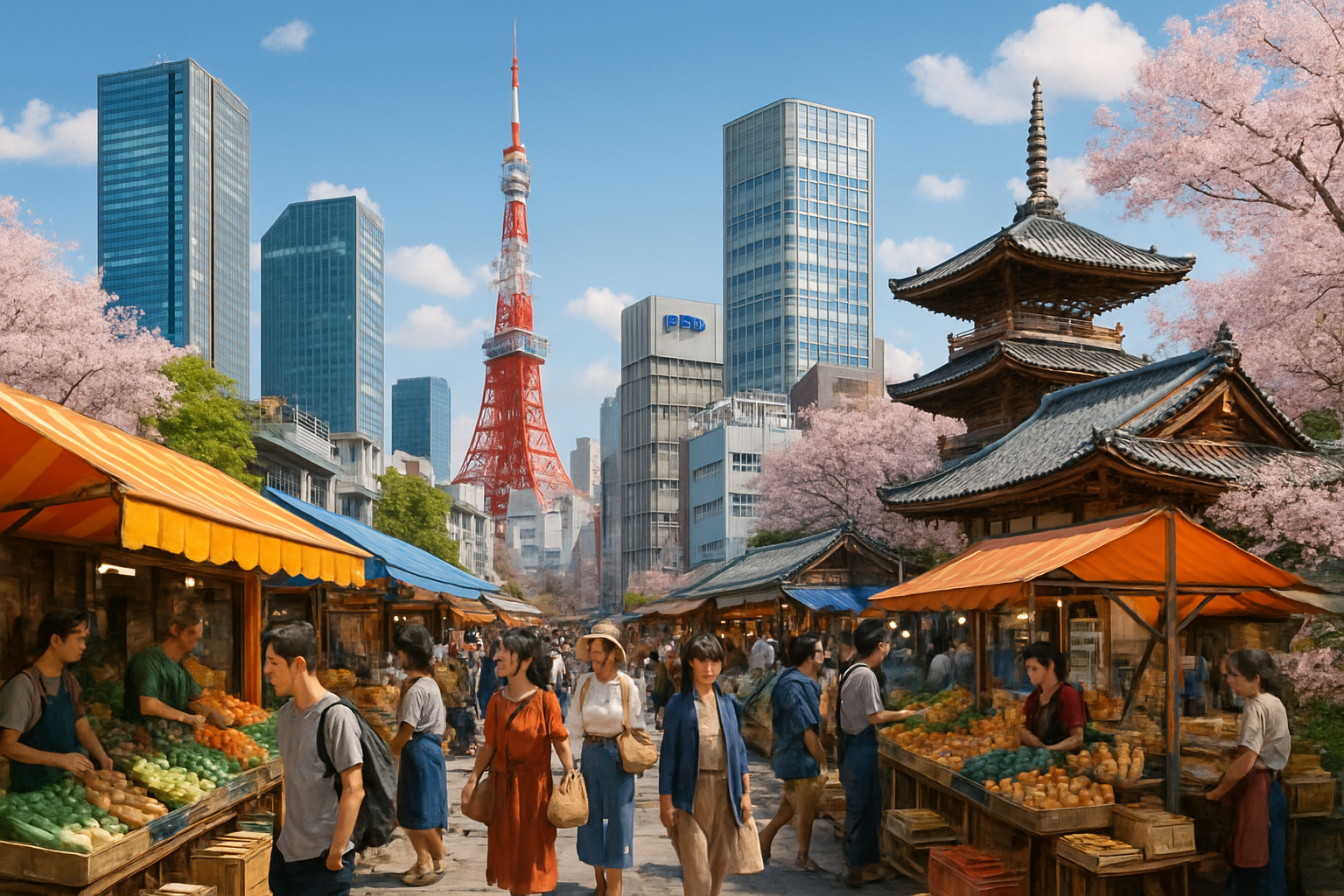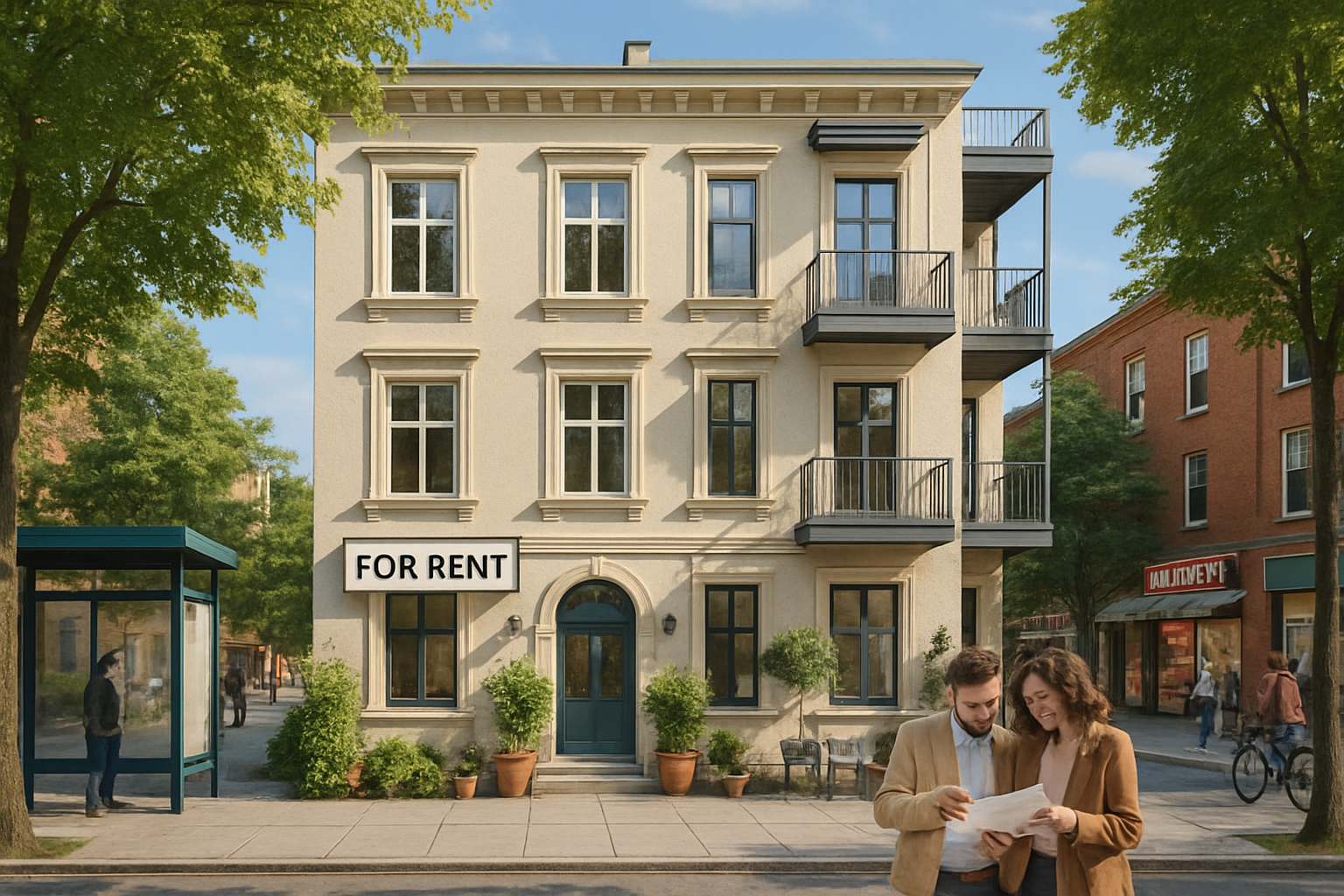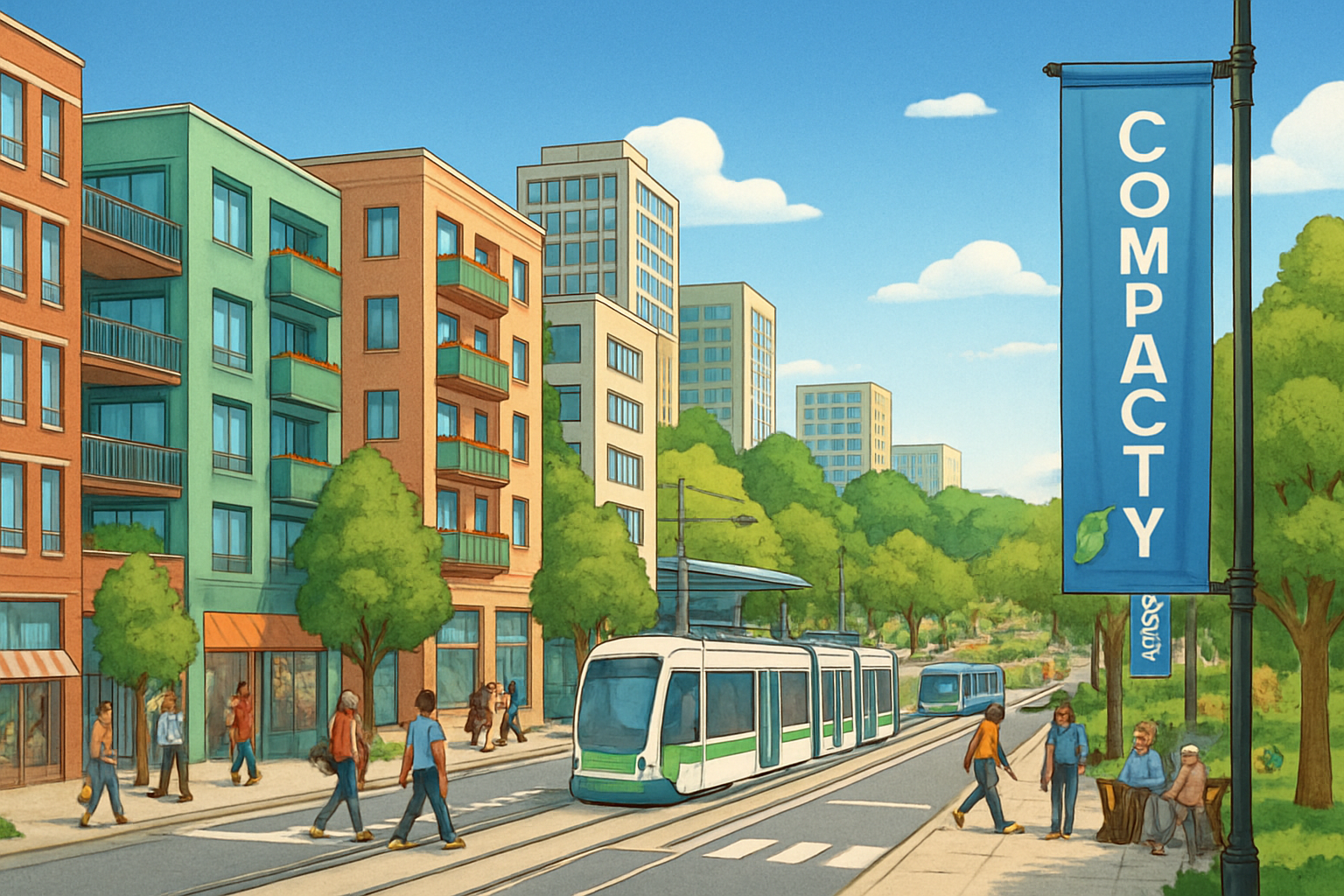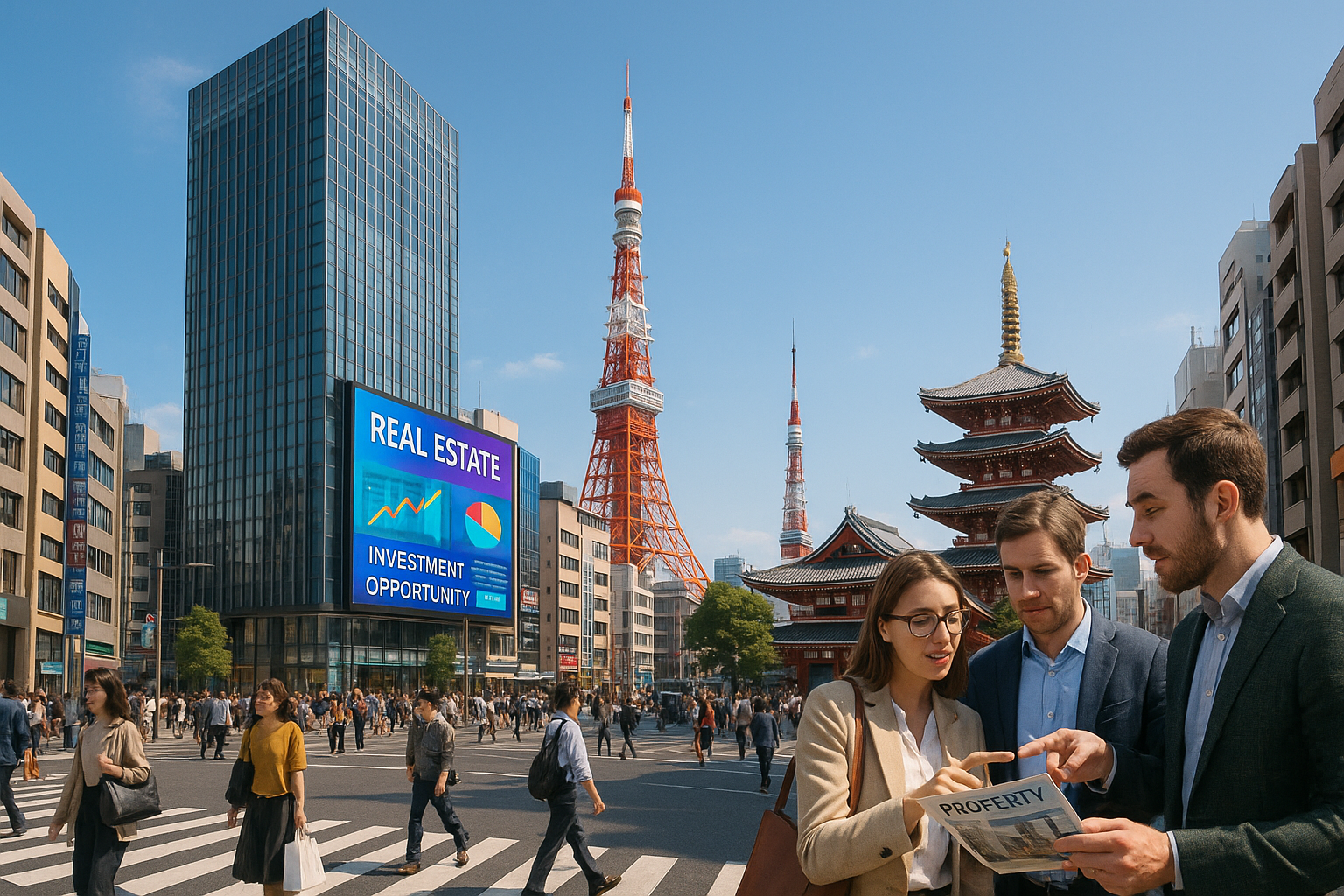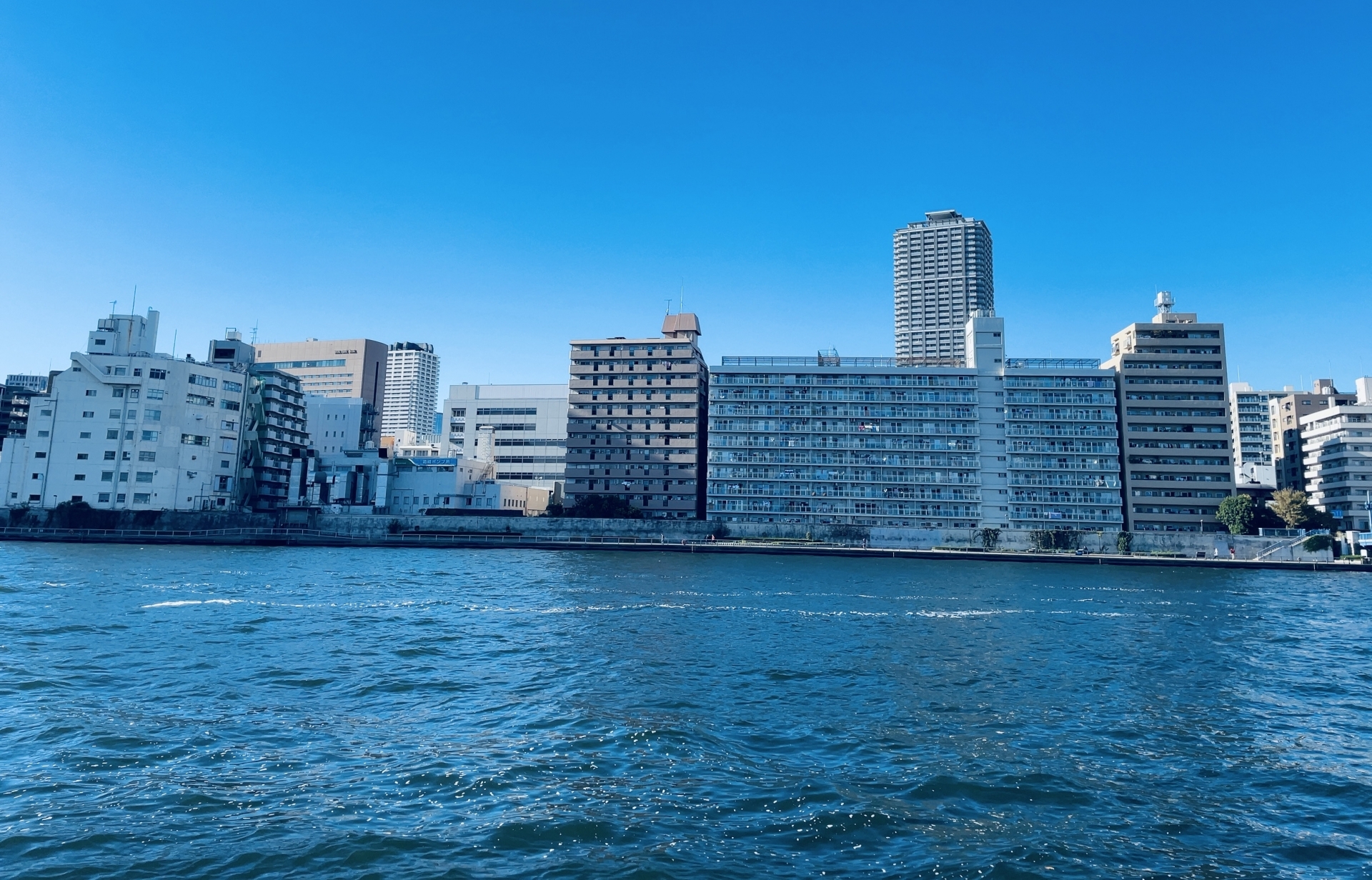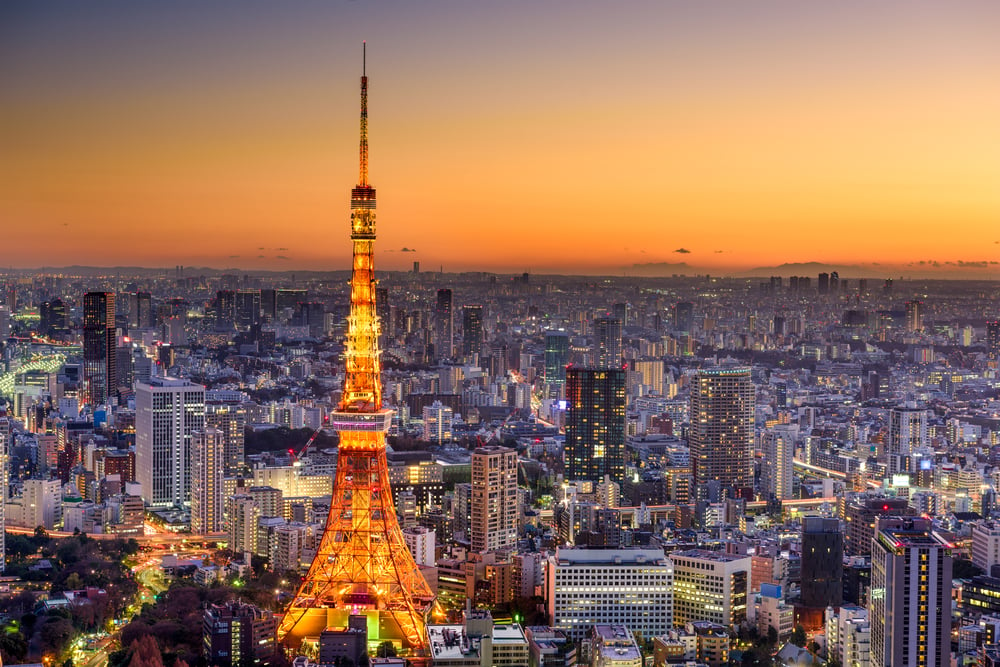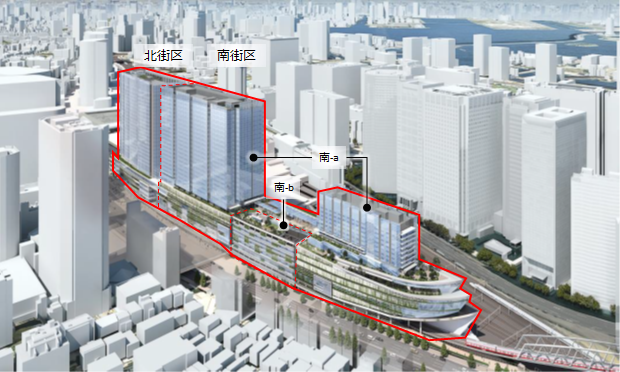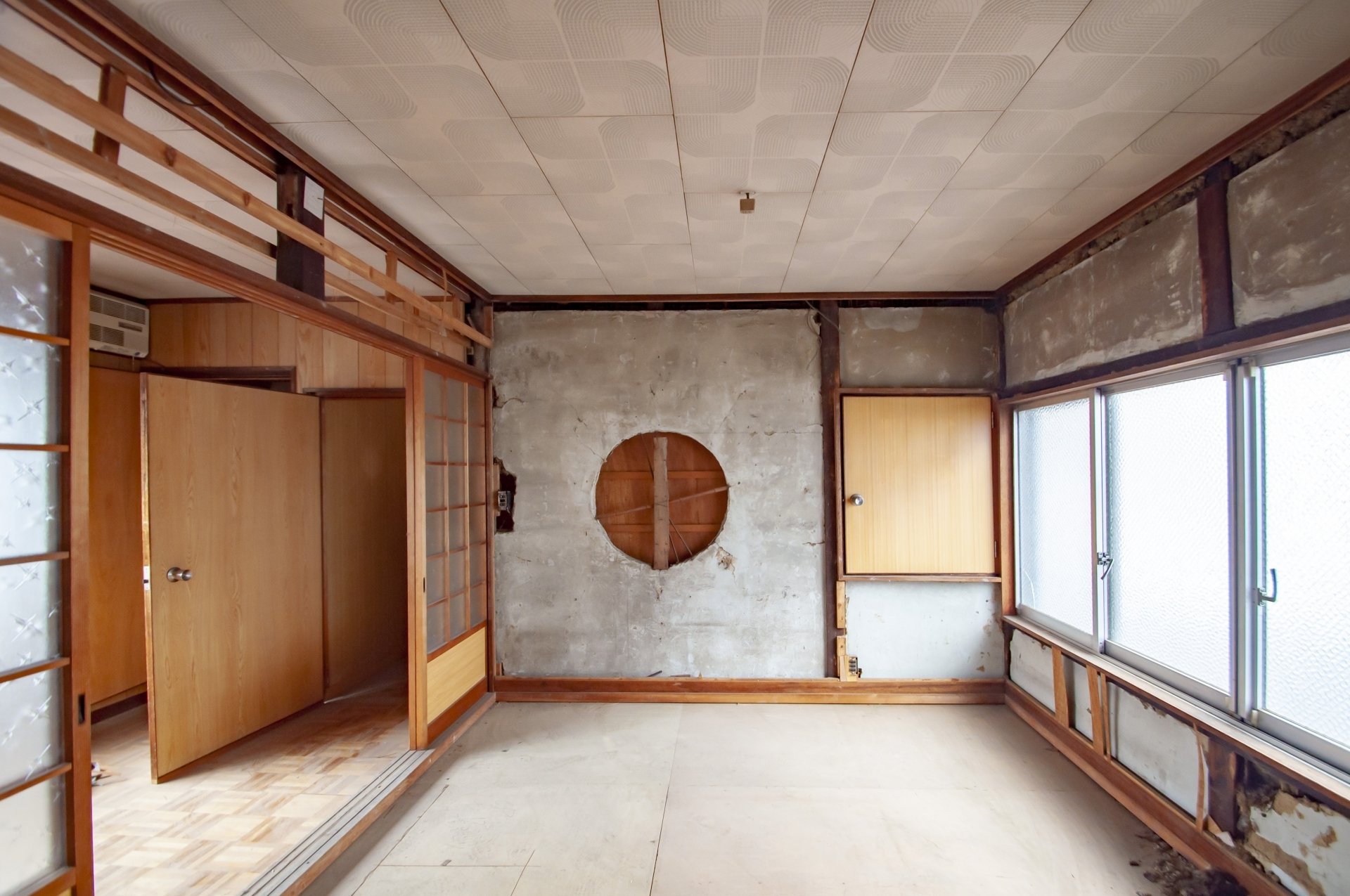Excite Yokohama 22," a large-scale redevelopment project that began in 2009, is underway in the area surrounding Yokohama Station and is transforming the area daily into a city befitting the gateway to an international city. The project, which includes the construction of high-rise buildings, infrastructure improvements, and environmental and disaster prevention measures, is having a significant impact on real estate values in the Yokohama Station area, as evidenced by the 9.84% increase in official land prices in 2025 compared to the previous year. This article summarizes the progress of Excite Yokohama 22 and provides a detailed analysis of the impact on property values in the surrounding area and future prospects based on the latest data. We provide valuable decision-making information for those who are considering the purchase of real estate investment or residential properties.
What is Excite Yokohama 22?
Excite Yokohama 22 is a large-scale urban development plan for the Yokohama Station area formulated by the City of Yokohama in December 2009. The number "22" is derived from the fact that the project will start in 2010, and is designed to create a city oriented toward the 22nd century. This project is positioned as a guideline to promote "urban development suitable as the gateway to an international city.
Target Areas and Development Goals
The target areas of this plan consist of seven main areas.
Area Classification and Role
| Classification | Approximate location | Future Vision (Main roles established in the plan) |
|---|---|---|
| Center Zone | Near East West Exit of Yokohama Station | Gateway connecting Yokohama with the world - Strengthening of terminal functions and hospitality |
| Minami-Saiwai Area | West Exit "Sotetsu Exit" area | A bustling hub of commerce, culture and entertainment |
| Kitasaiwai District | West Exit "Kita Nishiguchi" - Daicho | Business district where growing companies gather |
| Tsuruya-cho District | Kita Nishiguchi Elevated North Side | A hub for a mix of interaction, lodging, and residence (redevelopment in progress) |
| Yokohama Portside District | Kinko-cho to Sakae-machi Canal area | Urban residential area based on the theme of art and design |
| Takashima District | Takashima and Minato Mirai 21 Central | Multifunctional urban complex with business, MICE, hotels, etc. |
| Hiranuma District | Hiranuma Bridge and Tobe area | Residential and business center with easy access to both the station and MM21 |
Major Projects in Progress
The following are major projects currently underway based on Excite Yokohama 22.
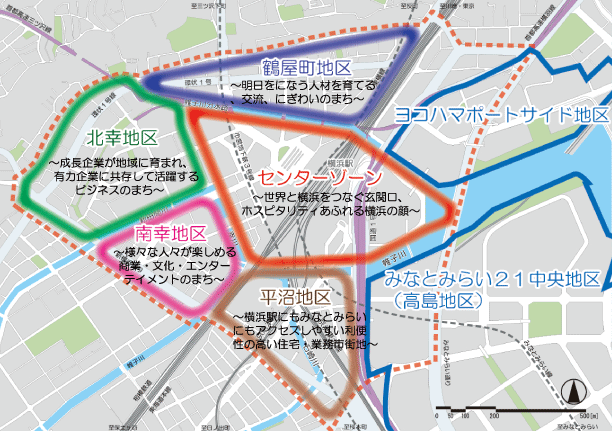
(Taken from the City of Yokohama website)
| District | Major Projects / Facilities | Use / Scale | Progress / Schedule |
|---|---|---|---|
| Center Zone | Yokohama Station Minami East Exit Area Type 1 Urban Redevelopment Project | High-rise complex (height: approx. 231 m, total floor area: approx. 215,000 m2) | Environmental assessment stage, construction to start in FY2028 (Yokohama City official website ) |
| Yokohama Mini Siguchi OPEN PARK | Social experiment to convert the plaza in front of the station into a park | May 23-24, 2025 (Sotetsu Group ) | |
| Minami-Saiwai Area | Yokohama Minami-Saiwai District Joint Reconstruction Project (CeeU Yokohama / AEON MALL Yokohama Nishiguchi) | Commercial and residential complex (total floor space: approx. 56,000m2) | Commercial tower to open in December 2023, residential tower to be completed in spring 2025 (Metropolitan Area Construction Watch ) |
| Yokohama Station West Exit Major Renovation Concept (Sotetsu Mu Building reconstruction, etc.) | Phased redevelopment of the entire west exit area | Demolition of the Sotetsu Mu Building to begin in FY2027, completion in 2040s (Skyscraper & Urban Development Institute ) | |
| Kitasaiwai area | Station Oasis (Yokohama Central Post Office area) redevelopment | High-rise complex with a height of approx. 231 m | Preparatory association established (2024), plans under consideration (Building PC ) |
| Tsuruya-cho District | THE YOKOHAMA FRONT | Residential/hotel/commercial complex (43 floors above ground, 178 m) | Occupancy starts in April 2024, hotel opens in June 2024 (THE YOKOHAMA FRONT, Sotetsu Group, SKY SKY SKY ) |
| Direct connection to Kita West Exit Transportation Plaza and Deck | Station Traffic Plaza and Pedestrian Deck | Construction completed, to be opened for use on March 3, 2025 (Yokohama City Official Website ) | |
| Yokohama Portside District | Yokohama Portside Community Development Trust | Local Grant Program | Now accepting applications for grants for FY2025 (SMTB ) |
| A-3 Area Development Plan | Commercial, Business and Residential Complex (Draft Plan) | Site Adjustment and Environmental Assessment Stage (Yokohama City Official Website ) | |
| Takashima (MM21 Central) District | Block 62 (HARBOR EDGE PROJECT) | Luxury hotel + digital aquarium (total floor space: approx. 89,000m2) | Construction to start in July 2025, to be completed in September 2028 (Sky Sky Sky) |
| Lots 60 and 61 (Linkage Terrace Project) | Offices, hotel, vocational school, etc. (total floor space: approx. 131,000m2 / 25,000m2) | Construction to start in March 2026, to be completed in 2028-29 (SKYSKY ) | |
| Hiranuma District | No large-scale redevelopment projects currently in the commercialization stage (Reference: Takashima 2-chome redevelopment project (First Place Yokohama) was completed in 2007) | Maintenance Phase (Nittetsu Kowa Real Estate Corporate Website ) |
The simultaneous implementation of these multiple redevelopment projects is expected to enhance the attractiveness and value of the entire Yokohama Station area.
General Impact of Redevelopment on Property Values
Many cases have confirmed that large-scale redevelopment projects have a significant impact on property values in the target area. Let's take a look at some of the specific factors that increase property values.
Improved infrastructure and convenience
When infrastructure such as transportation, public facilities, and roads are improved through redevelopment, the convenience of the area improves. In particular, redevelopment in front of a station, for example, improves access from the station to various facilities, which leads to an increase in the value of the surrounding real estate.
For example, Excite Yokohama 22, the construction of the South Deck and other pathways above the railroad tracks has facilitated east-west movement and improved the overall circulation of the station. Such improvements to the pedestrian environment are also a factor that increases real estate value.
Formation of an area brand
When redevelopment increases the number of residents and users and enhances the area's reputation as "comfortable and livable," the brand value of the entire area improves. This effect is especially noticeable for large-scale projects that increase international recognition.
Excite Yokohama 22 aims to build the brand as "the gateway to an international city," and it is expected that the value of real estate around Yokohama Station will increase accordingly.
Disaster Prevention and Safety Improvements
In redevelopment areas, the latest disaster prevention standards and technologies will be adopted for buildings and infrastructure, thus improving earthquake resistance and disaster prevention infrastructure. Improved safety is an important factor that supports the value of residential real estate in particular.
Disaster countermeasures are also a key theme at Excite Yokohama 22, and the resulting safety improvements support asset values.
Expanding Investment Demand
Increased investor interest due to the future potential associated with redevelopment is another factor driving up prices. In particular, trends among domestic and foreign real estate investment companies and others have a direct impact on land prices and real estate prices.
In the Yokohama Station West Exit area, the combination of firm domestic and foreign investment demand and ongoing redevelopment has led to higher transaction prices and lower yields (bullish attitude of investors).
Current Land Prices and Real Estate Values in the Yokohama Station Area
How have land prices and real estate values around Yokohama Station changed with the progress of Excite Yokohama 22? We analyze them based on the latest data.
Changes and Trends in Land Prices
As of January 1, 2025, public land prices in the Yokohama Station area averaged 2,794,875 yen per square meter (9,239,256 yen per tsubo), a 9.84% increase over the previous year. Similarly, the average standard land price was 5,236,111 yen per square meter (1,730,458 yen per tsubo), an increase of 8.64% over the previous year.
The rise in land prices is particularly pronounced in the Yokohama Station West Exit area, with a high land price of 13 million yen per square meter attached to 1-3-1 Minami-Saiwai, Nishi-ku, where the Yokohama Moors commercial facility is located, which is more than 5.5 million yen higher than the second-ranked location.
Looking at the rate of change in official land prices in 2025 for Kanagawa Prefecture as a whole, residential land prices rose 3.4% (2.8% in the previous year), commercial land prices rose 6.6% (5.4% in the previous year), and industrial land prices rose 6.2% (5.9% in the previous year), with the rate of increase in commercial land prices being particularly extensive.
The following table summarizes land price trends in the Yokohama Station area.
| Fiscal year | Average official land price (10,000 yen/sq.m.) | Year-on-year rate of change | Average standard land price (10,000 yen/m2 ) | Year-on-year rate of change |
|---|---|---|---|---|
| Year 2025 | 279.4875 | +9.84 | Unpublished | -9.84% Unpublished |
| 2024 | 254.4492 | +8.42% Unpublished - 2024 | 523.6111 | +8.64% - -2023 |
| Year 2023 | 234.6830 | +5.33% 5.33 | 482.0000 | +6.07% +6.07 |
From this data, we can read that the rate of land price appreciation is accelerating after 2023.
Trends in Real Estate Transaction Prices and Yields
According to the "Land Price Level, Rent, and Yield Trend Report" compiled by Yokohama City as of April 1, 2024, transaction prices in the Yokohama Station West Exit/Kita West Exit area have been on an upward trend due to firm domestic and international investment demand and expectations of improved market competitiveness as multiple redevelopment projects progress.
In addition, transaction yields (net revenue divided by transaction price) have remained flat to declining (investors are bullish) based on published analysis of J-REIT property yields and other data and transaction conditions. This suggests that investors have strong expectations for future profitability.
Trends in Office and Retail Rents
In the office market in the Yokohama Station West Exit/Kita West Exit area, the vacancy rate is trending downward to 3.63% (3.75% in the previous survey) and is recovering to the pre-Corona disaster level (approximately 2.0%). Rents are on a flat to moderately increasing trend.
In the retail market, owners have returned to a bullish stance, particularly for restaurants and bars, and there are few vacant stores. In particular, high rent levels are being maintained in the Yokohama Station West Exit area, and there is strong demand for new store openings.
Specific Impact of Excite Yokohama 22 on Asset Values
What specific impact does Excite Yokohama 22 have on asset values in the Yokohama Station area? The following is an analysis of the data collected.
Direct Impact on Land Price Increase
The main reason why land price appreciation in the Yokohama Station area, especially in the West Exit area, has been significantly higher than the Kanagawa Prefecture average can be attributed to the progress of redevelopment based on Excite Yokohama 22.
Of particular note is the fact that four of the top five commercial districts in Kanagawa Prefecture are located near the west exit of Yokohama Station. This indicates that the development of a building complex directly connected to the west exit of Yokohama Station and the improvement of the surrounding infrastructure have significantly boosted real estate values.
Increased Investment Attractiveness
The progression of Excite Yokohama 22 has increased the investment attractiveness of the area surrounding Yokohama Station. From a real estate investment perspective, the following factors can be cited
- Continued rise in land prices: Land prices have been rising for five consecutive years since 2014, and are expected to continue to rise as redevelopment progresses
- Price gap with central Tokyo: land prices and condominium prices are still affordable compared to those in central Tokyo, giving the area a sense of relative affordability
- Enhanced transportation access: Advantageous location as a huge terminal served by JR, private railways, and six subway companies
- Concentration of businesses and commercial facilities: Strengthening of the economic base through an abundance of office and commercial facilities
These factors have led to an influx of domestic and foreign investment funds, which has manifested itself in the form of higher transaction prices and lower yields.
Ripple Effects on Surrounding Areas
The impact of Excite Yokohama 22 is spreading not only to the area near Yokohama Station, but also to the surrounding areas. Combined with the redevelopment of the Minato Mirai and Kannai districts, this has the effect of boosting real estate values in the entire central area of Yokohama City.
In particular, the development progress rate of the Minato Mirai 21 District has reached 96%, and integrated development is progressing from the Yokohama Station area to Minato Mirai and Kannai.
Long-Term Outlook for Asset Value
Excite Yokohama 22 is a long-term plan that will last until around 2030, so its impact on property values must also be considered from a long-term perspective.
The following points are important in terms of the long-term outlook for property values in the Yokohama Station area.
- Continuous redevelopment effects: sustained value enhancement due to the phased progression of multiple projects
- Establishment of area brand: Establishment of brand value as the gateway to an international city
- Progress in environmental and disaster prevention measures: Increased stability of asset value through enhanced response to climate change and disaster risk
- Relationship with demographics: Balance between Yokohama's population trends and real estate demand
Looking at examples of other redevelopment areas, for example, in the Takanawa area of Minato-ku, 55 of the 64 targeted buildings showed an average price increase of 10%. A similar increase may be expected in the Yokohama Station area.
However, the risk of a slowdown in price appreciation should be taken into account, depending on changes in the macroeconomic environment and interest rate trends.
Conclusion
Excite Yokohama 22 has a multifaceted and remarkable impact on property values in the Yokohama Station area. The main points identified in this article are as follows
-
Accelerated land price appreciation - Land prices in the Yokohama Station area will increase by 9.84% year-on-year in 2025, with a particularly marked increase in the West Exit area. This rate of increase is much higher than the Kanagawa Prefecture average, and the effect of Excite Yokohama 22 is reflected in the figures.
-
Favorable investment environment - With increased interest from both domestic and foreign investors, transaction prices are rising and transaction yields are declining (investors are bullish). Vacancy rates for office and retail space are also declining, and rents are trending flat to moderately higher.
-
Active condominium market - The average price of a newly built condominium is approximately 85.6 million yen for 70 square meters, and transactions of high-end properties are also active. However, there are multiple scenarios regarding future asset values, and careful judgment is required.
-
Potential for Long-Term Value Enhance ment - Since Excite Yokohama 22 is a long-term plan that runs until around 2030, continuous value enhancement can be expected in the future. In particular, the establishment of the brand as the gateway to an international city and progress in environmental and disaster prevention measures will support long-term asset value.
In this way, Excite Yokohama 22 is having a clear positive effect on the real estate market around Yokohama Station. However, when making investment decisions and selecting a place to live, it is important to make a comprehensive judgment that takes into account the characteristics of individual properties and the macroeconomic environment.
Frequently Asked Questions
Q1: How long will Excite Yokohama 22 last?
A: Excite Yokohama 22 is a 20-year long-term plan formulated in 2009, and is expected to be completed by around 2030. However, completion dates vary depending on individual projects. For example, the redevelopment of the Minatomachi area in front of Kannai Station is scheduled to begin operations in 2029.
Q2: Is it too late to start investing in real estate around Yokohama Station?
A: Although the effects of rising land prices and other factors have already been seen, excite Yokohama 22 is a long-term plan, and several more projects are planned in the future. Considering the relative affordability compared to central Tokyo and the potential for future development, there are still investment opportunities. However, a detailed examination of the profitability and location characteristics of individual properties is required.
Q3: Which has more potential for property value appreciation, the west exit or the east exit of Yokohama Station?
A: Currently, the West Exit area is the area that is being redeveloped first, and land prices are rising more markedly. However, development is expected to progress on the east side as well, with a preparatory association for redevelopment of the Yokohama Station Minami East Exit area to be established in June 2024. In the long term, a ripple effect can be expected in the East Exit area, but at present, the West Exit area has a better track record of increasing asset values.
Q4: How long do you expect land prices to continue to rise as a result of Excite Yokohama 22?
A: Land prices in the Yokohama Station area have been rising continuously since 2014 and are expected to continue to do so for a certain period of time as redevelopment progresses. However, the rate of increase may fluctuate depending on the macroeconomic environment and interest rate trends. Examples of other redevelopment areas have shown price increases of approximately 10%, and similar trends may continue.
Q5: I am considering purchasing a condominium. What points should I pay attention to in order to maintain asset value?
A: The distance from Yokohama Station, the age of the building, the total number of units (larger properties tend to have higher asset value), direct benefits from redevelopment (such as improved convenience), and the state of management are all important. In particular, we recommend that you consider the location of Excite Yokohama 22 in relation to individual projects and its relationship to improved transportation access.
Reference Information
- Yokohama City Excite Yokohama 22 official page
- Yokohama City Land Price Level, Rent and Yield Trend Report
- Kanagawa Prefecture: Public Notice of Land Prices in 2025
- Ministry of Land, Infrastructure, Transport and Tourism Land Price Trend Report for Major Cities
- Real Estate Transaction Price Information Search Site
Redevelopment around Yokohama Station is expected to continue and its ripple effect will further expand. When investing in real estate or selecting a residence, we recommend that you make a decision based on your own needs and long-term goals, while taking into account the trends explained in this article. At INA&Associates, our experts who are well versed in the Yokohama area real estate market are available to help you analyze asset values and make investment decisions.

Daisuke Inazawa
Representative Director of INA&Associates Inc. Based in Osaka, Tokyo, and Kanagawa, he is engaged in real estate sales, leasing, and management. He provides services based on his extensive experience in the real estate industry. Based on the philosophy that “human resources are a company's most important asset,” he places great importance on human resource development. He continues to take on the challenge of creating sustainable corporate value.

.png)

